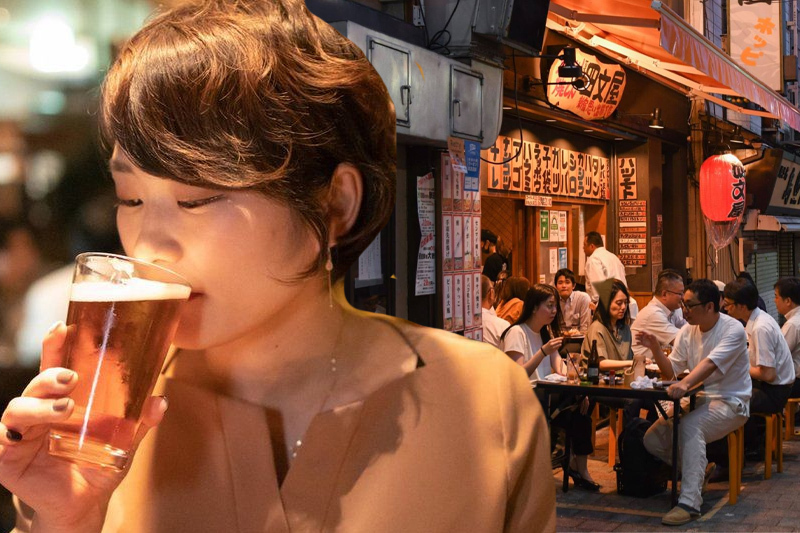
Japan in Asia Pacific & Sober Curious Culture
What is sober curious culture?
The sober curious culture movement encourages drinkers to moderate their intake rather than completely give up alcohol. This movement started in Western nations and has since become very popular there. Only a tiny percentage of people in Asia and the Pacific are familiar with the idea. But in Japan, “dry” initiatives are starting to take off, and this is where the sober curious trend is showing its first signs.
The sober curious trend is gradually gaining traction in the Asia Pacific following the pandemic.
Drinking has long been a significant part of relationship building in the Asia Pacific region, especially in East Asia. Additionally, refusing alcohol at drinking gatherings can be challenging due to collective values. However, things are starting to change slowly now that the pandemic has passed. Due to the pandemic’s flexible work schedule, fewer pointless drinking parties are being held, and as people become more aware of their health, they are choosing non-alcoholic beverages more frequently.
The market for non-alcoholic beverages saw total volume sales of 481 million liters in 2022; between 2022 and 2027, it is anticipated to grow at a 5% CAGR, reaching 621 million liters, a rise of 29% from 2022.
The primary motivation for reducing alcohol consumption is health.
The main motivator for Asia Pacific consumers to limit their alcohol consumption is health. Four of the top five reasons to cut back on alcohol are health-related, according to Euromonitor’s Voice of the Consumer: Health and Nutrition Survey.
Functional non-alcoholic products are popular in response to health concerns. For instance, there are numerous products with available claims, particularly in non-alcoholic beer, in Japan, the largest non-alcoholic drinks country in the Asia Pacific, which will account for 71% of the total volume sales in 2022. Popular claims primarily pertain to the prevention of obesity, such as decreasing visceral and abdominal body fat or decreasing dietary fat and sugar absorption. However, various claims, like lowering uric acid levels and lessening fatigue, have started to surface in recent years.
For today’s youth, drinking is not a time-efficient activity.
Without a doubt, products with functional claims are a desirable option for those looking to reduce their alcohol consumption for health reasons. However, it appears that other reasons besides health issues are causing young people to abstain from alcohol. First of all, compared to older generations, young people do not drink alcohol as frequently.
Keep Reading
According to the findings, alcohol is increasingly something that many young consumers do not need to have around them all the time.
Initiatives to “dry” the country of Japan
Alcohol manufacturers are adapting their business models in response to these changes in young people. In Japan in 2022, Asahi Breweries Ltd. opened a pub with a sober curious vibe. Customers can choose from more than 100 different beverage options, including craft cola and lemonade, and they can order the beverages with the preferred alcohol content, which ranges from 0% to 3%. The bar is situated in Shibuya, a well-liked youth neighborhood.
Additionally, since 2022, shopping center operator PARCO has run a campaign with Dry January, aimed at the younger demographic. A public health initiative called “Dry January” was started in the UK to encourage participants to refrain from drinking alcohol in January, which is the month following December, when people typically consume a lot of alcohol. 20 companies’ non-low-alcohol beverages were highlighted by PARCO during the campaign in 2023 in both the PARCO online store and in a few select outlets.
These “dry” initiatives are still in their infancy in Japan but are anticipated to grow there over the coming few years before spreading to other Asian nations. In fact, Lyre’s Spirit Co. in China introduced the first non-alcoholic baijiu in the world in 2022. The sober curious trend has a lot of potentials to grow in the Asia Pacific region because a larger percentage of people there are naturally alcohol-sensitive than in the West.




